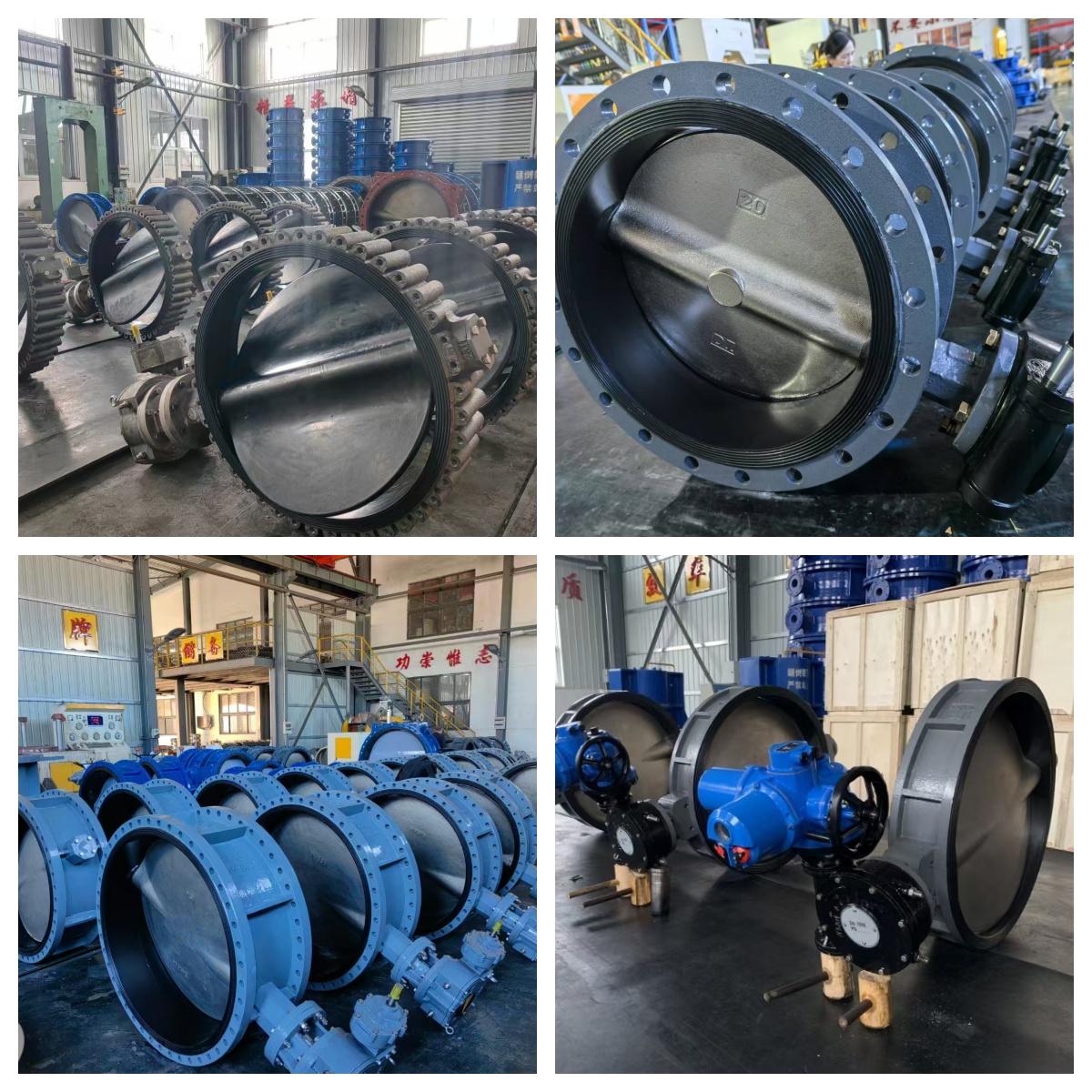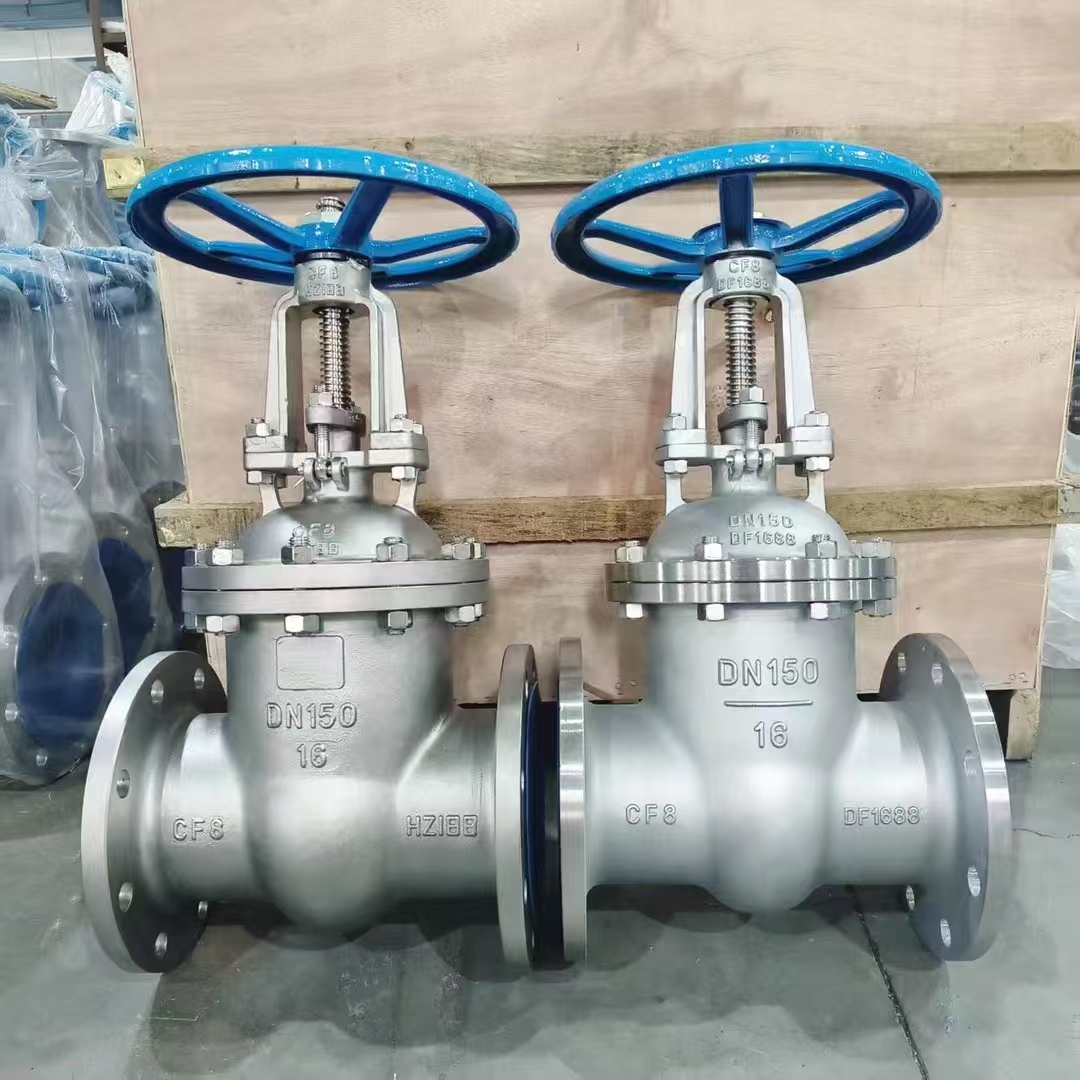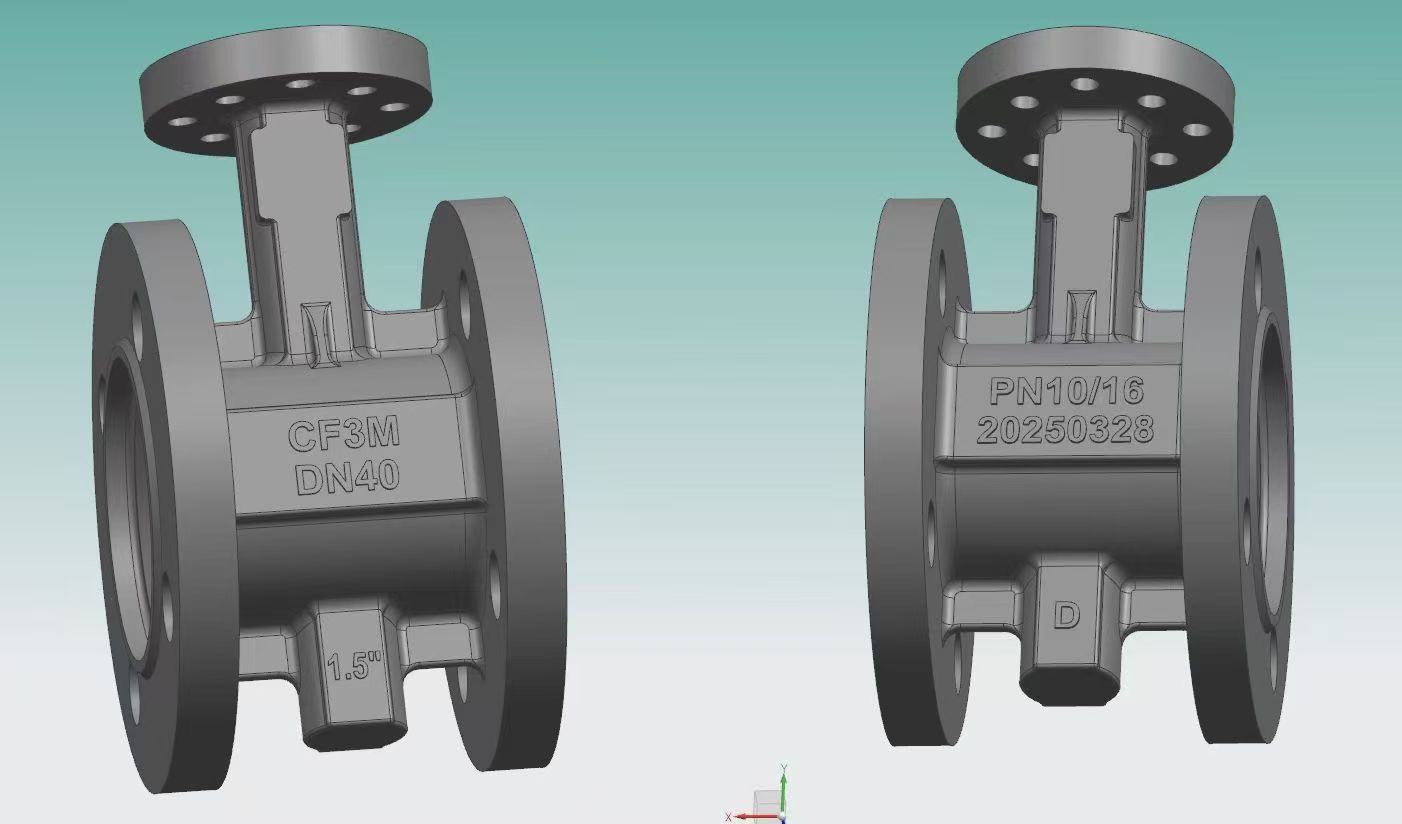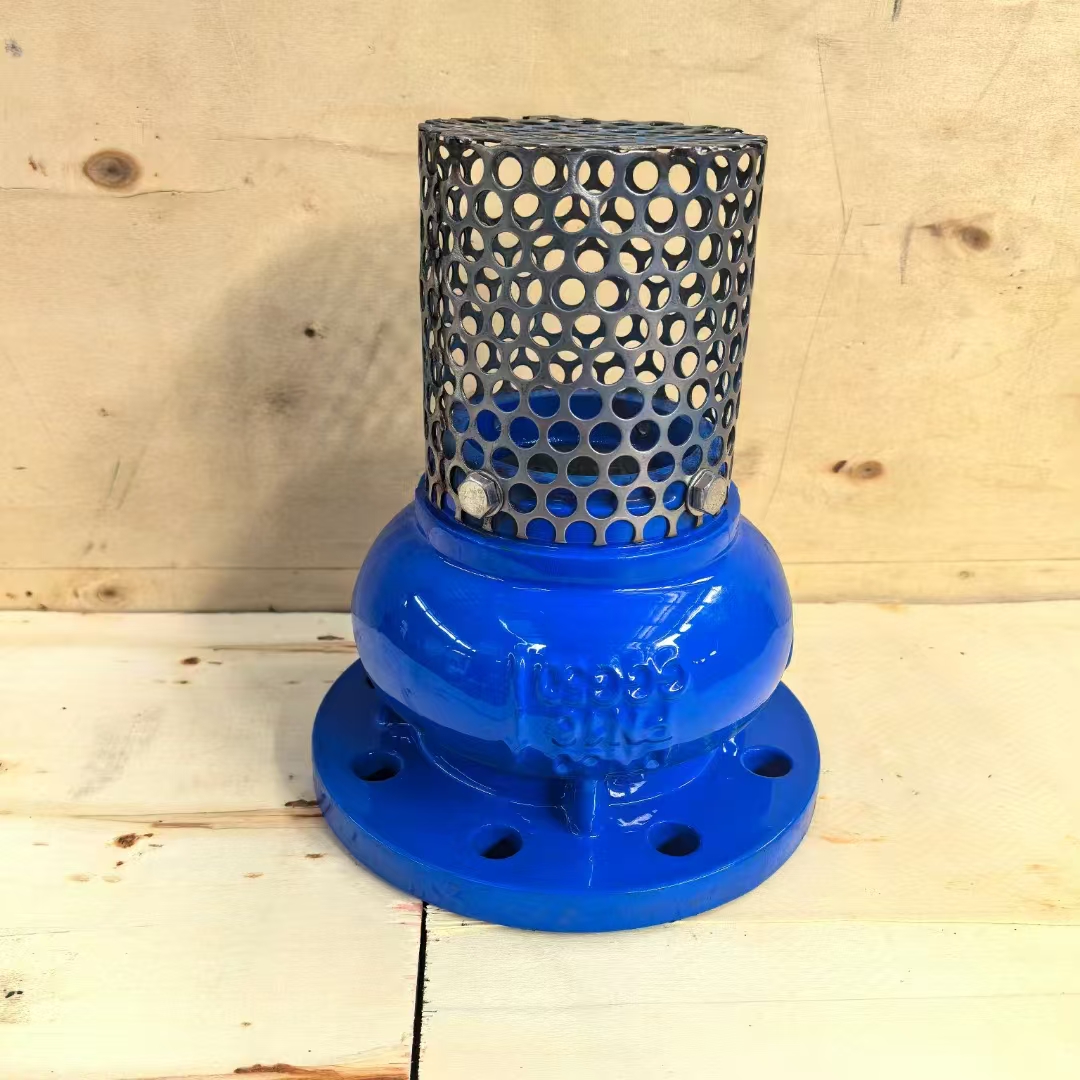Analysis of common causes
1. Impurity blockage
Solid particles, welding slag or rust in the medium may block the throttle or valve core, causing jamming.
Solution:
Clean the inside of the valve to remove impurities.
Install a pipe filter in front of the valve to prevent impurities from entering.
2. Mechanical component failure
The valve stem is bent, the valve core and the valve seat are too tight or worn.
The actuator spring is broken, the gear is worn or the limit component falls off.
Solution:
Check and replace the damaged valve stem, valve core or actuator components.
Lubricate the transmission mechanism regularly to reduce friction.
3. Temperature and material problems
Low temperature causes the valve stem to deform or the sealing ring to harden.
Different linear expansion coefficients of different materials (such as stainless steel valve stem and brass valve sleeve).
Solution:
Use low temperature resistant materials or improve insulation measures.
Increase the throttling gap or use sleeve valve and other structures.
4. Poor lubrication
Insufficient or aging lubricant will increase friction resistance.
Solution:
Replace the grease regularly and choose a lubricant with strong low temperature adaptability.
5. Installation or design defects
Irrational configuration of valves and pipelines, resulting in prestress.
Non-dark stem structure or fine thread is easy to bite under temperature changes.
Solution:
Optimize the installation position to avoid insufficient cold compensation of pipelines.
Use rising stem structure or adjust thread type.
Prevention and maintenance recommendations Regular maintenance Check the wear of valve stem and valve core every quarter, and clean the dirt in the valve cavity.
Test the action sensitivity of the actuator and replace the aging spring in time.
Operation specification Avoid violent operation when switching valves, especially in low temperature environment.
Regularly move valves that have not been used for a long time by 10°~15° to prevent rust.
Selection and design optimization Select valve body and sealing materials (such as corrosion-resistant and wear-resistant materials) according to the characteristics of the medium.
For media that are easy to clog, sleeve valve or angle valve structure is preferred.
Emergency treatment method If the valve suddenly freezes, try the following steps:
Tap the valve body: tap the bottom of the valve body with a small hammer to loosen the blocking parts.
External flushing: Inject gas or steam through the drain port to flush the blockage.
Manual operation: Switch to manual mode and operate slowly to avoid forced twisting.
If the above method is ineffective, contact a professional for disassembly and repair.
The above measures can effectively reduce the problem of valve jamming. It is recommended to select a preventive plan based on the specific working conditions and perform professional maintenance regularly.








